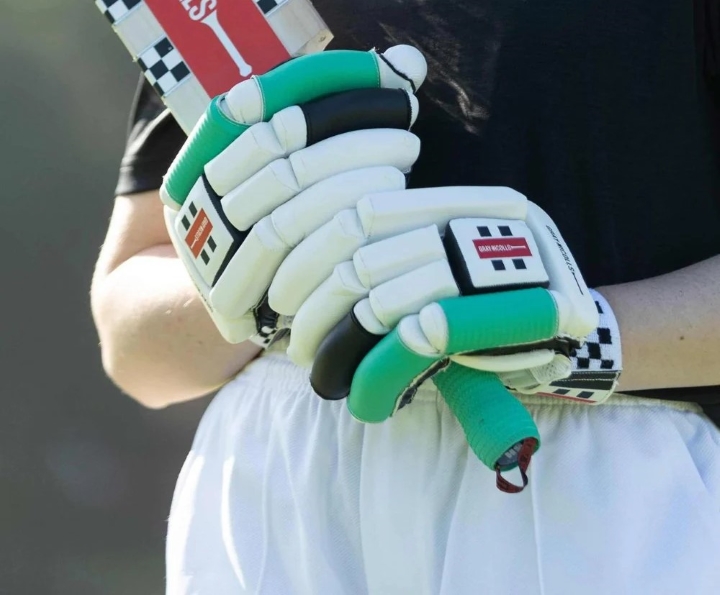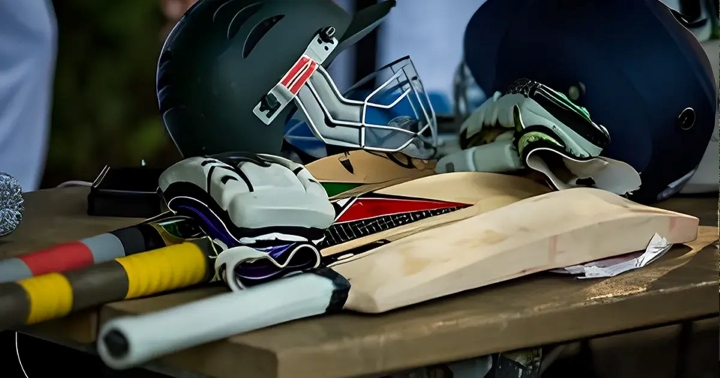All You Need to Know about Indoor Cricket Gear
Cricket is a traditional sport that continues evolving. Over time, different formats have emerged, with indoor cricket being one of the most popular. Played on a fully carpeted and netted court, indoor cricket offers an exciting twist on the traditional game. While most of the rules remain the same, there are slight variations that make the game more fast-paced and engaging, ensuring everyone stays involved.
Indoor cricket is loved by many Aussies and is the perfect solution for off-season training, introducing new players to the game, or enjoying an all-weather fitness activity. Whether it’s pouring rain or scorching heat outside, indoor cricket lets you play in any condition.
This version of cricket closely resembles the outdoor format, but it’s much faster-paced, which is its defining feature. As with any sport, having the right gear is essential to enhance performance and ensure safety on the court.
Essential Gear for Indoor Cricket
The equipment for indoor cricket is quite similar to traditional cricket, with minor modifications to suit the indoor environment. Key items include cricket balls, bats, gloves, protective gear, and appropriate clothing. Let’s take a closer look at two of the most crucial pieces of indoor cricket gear: gloves and bats.
Gloves

High-quality gloves are essential for any cricket player, providing protection, comfort, and a boost to overall performance. Whether you’re a seasoned pro or a weekend player, investing in proper indoor cricket gloves is a smart move to ensure a safe and enjoyable game.
Indoor cricket gloves are typically lightweight, allowing for flexibility and ease of movement, which is essential when playing quick shots in a fast-paced indoor game. They enable batsmen to move their hands and fingers freely, improving reflexes and making shot execution more seamless.
A snug, secure fit is crucial for maintaining control and feel. Look for gloves with an ergonomic design, featuring adjustable Velcro straps or elasticated wrists for a customisable fit. Many gloves offer additional wrist support, ensuring stability during play. Embedded rubber dots on the gloves enhance grip, which is vital for controlling the bat effectively.
Ventilation is another key feature of indoor cricket gloves. Many gloves have ventilation holes or mesh sections to promote airflow, reducing sweating and helping players stay comfortable during long matches. Keeping sweat at bay is important for maintaining grip and preventing slippage during intense play.
Protection is another priority. Indoor cricket gloves are designed with reinforced finger sections to safeguard fingers against fast deliveries and accidental impacts. They often feature multiple layers of high-density foam or gel padding across the fingers, backhand, and palm areas. Some models even include additional fibre shields for enhanced safety.
Durability is also a critical factor to consider when selecting indoor cricket gloves. Many are made from premium materials like leather, known for its superior grip, comfort, and long-lasting quality. Gloves with reinforced stitching will last longer, standing up to the rigours of frequent play.
Proper maintenance is essential to prolong the life of your gloves. Regularly cleaning, drying, and storing them properly can help prevent wear and tear, ensuring they last for many seasons.
Bats
Indoor cricket bats are designed specifically for the unique demands of the indoor game. These bats feature lightweight construction to provide the speed and manoeuvrability needed in the fast-paced indoor environment. Since indoor cricket balls are lighter and slightly softer than traditional cricket balls, indoor bats are crafted to complement this.
Indoor cricket bats are typically made from durable wood, designed to withstand the abrasiveness of synthetic indoor surfaces. The blade profile is often more compact to suit the close-quarter shots that are common in indoor cricket, providing an ideal balance of power and control.
When choosing a bat, consider your personal playing style. Power hitters may prefer a bat with more weight and a broader profile, while players focused on precision and placement might opt for a lighter bat. The length of an indoor bat generally shouldn’t exceed 96.5 cm, and the width is capped at 10.8 cm, so ensure your bat adheres to these specifications.
Also, make sure the bat grip is made from a non-slip material to maintain control throughout your game.
Ball
The indoor cricket ball is a modified version of the traditional cricket ball. Lighter and softer, the indoor ball is often bright yellow and designed for use on indoor surfaces. The softer centre of the ball makes it safer for players in close-contact situations.
Stumps
Indoor cricket uses the same number of stumps as outdoor cricket—three at each end of the pitch. However, the stumps used in indoor cricket are often spring-loaded, so they automatically return to their standing position when knocked over.
Clothing and Footwear
Players are expected to wear standard cricket clothing. However, when playing indoors, rubber-soled footwear is recommended as nails or spikes can damage the court surface and affect traction.
Protection

Just like in outdoor cricket, protective gear is vital in indoor cricket. Helmets, face guards, safety glasses, elbow and knee pads, and abdominal guards (boxes) should all be considered essential, especially when playing against fast bowlers.
Final Thoughts
Indoor cricket is a sport that demands precision and the right gear for success. Among the essential gear, indoor cricket gloves and bats stand as pivotal tools in the hands of a batsman that can significantly impact your performance on the court.
